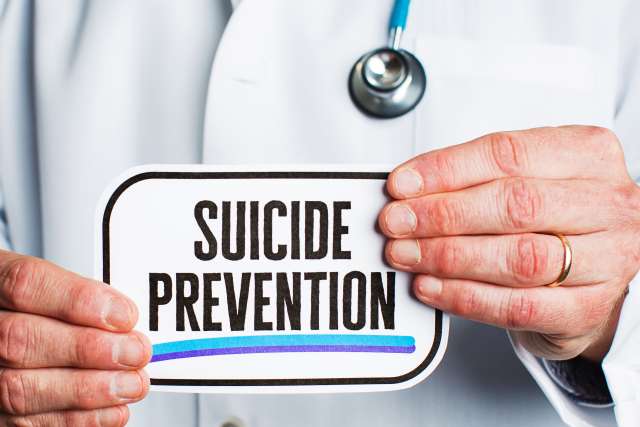The incidence of suicide among young adults is up, and behavioral health experts are examining this troubling trend to find solutions.
“Many people believe this increase in suicides is related to the COVID-19 pandemic, but I think it’s more than that,” said April Thames, PhD, professor of psychiatry and biobehavioral sciences and a clinical neuropsychologist at the UCLA Semel Institute for Neuroscience and Human Behavior. “The impact of COVID may be a part in it, but other factors such as social media, a history of mood disorders and drug use have played a significant role, as well.”
What leads a person to suicide?
There can be many triggers that may lead a person to take their life, from the emotional turmoil of a broken relationship to the death of a loved one to the despair of a deep-seated issue they are unable to resolve.
Most often, “depression is a precursor,” said Dr. Thames. “At the point of suicide, people are in a state of despair and do not see a way out. When you don’t see a way out of your situation, death, for too many people, looks like a better option.”
While there are instances in which suicide is an impulsive act, most often it comes after long contemplation, Dr. Thames said.
“Most people who go through with the act of suicide have been dealing with months or years of day-to-day anguish and pain,” she said. “There is usually a prolonged period of severe depression. In some cases, there have been multiple unsuccessful attempts before the final act.”
How to recognize the signs before it’s too late
Recognizing that a person may be having suicidal thoughts can be difficult, Dr. Thames noted. Some people are able to mask their depression behind smiles and laughter, putting up a façade that hides their pain.
“We often hear, ‘I didn’t see it coming,’” she said of friends and family members. “But if you start to ask the people in your circle on a daily basis how they’re doing or talk to them regularly, you may see signs of trouble that might otherwise be missed.”
Dr. Thames also encourages more open conversation about suicide. “We need to destigmatize the conversation, particularly in communities where there are cultural barriers to talking about it,” she said.
Start young, Dr. Thames said. “Teaching adolescents that they have a purpose in their lives can significantly affect the number of young adults who take their own lives. We have to get youth to see themselves outside of their immediate situations, to foster channels for them to use their imagination to envision how they will prosper in the future. That is where prevention begins, when they are young.”



